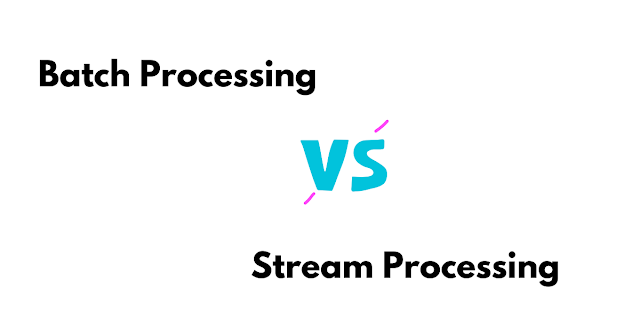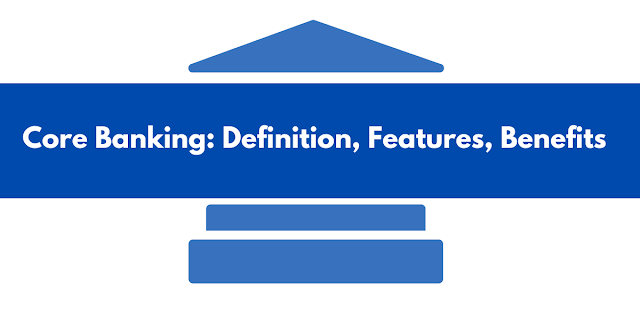Batch Processing Vs Stream Processing : What's The Difference
Data processing is the process of gathering, transforming, and using collected data for the intended purpose. It is a method that uses computers to aid in retrieving, manipulating, or classifying data. Computerized batch processing is a technique for batch-processing the execution of software development solutions. Users must submit jobs, but other than that, there is nothing else they need to do for the batch to be processed.
Processing data, while it is in motion or computing data as it is created or received, is referred to as "stream processing." Most data is created as a result of a series of related events that happen over time, such as sensor events, website user activity, and financial transactions. Stream processing vs. batch processing is the topic of this essay.
What is Batch Processing?
Bulk processing is the term used to describe the batch processing of large amounts of data over a set period. It performs bulk data processing all at once. When the size of the data is known and finite, batch processing is performed. Processing data requires a little more time. To handle problems, dedicated staff is needed. Data is processed by batch processors several times. Batch processing is performed when data is gathered over time and comparable data is batched or grouped.-
Challenges in Batch Processing
- These systems are challenging to debug because a skilled professional is needed to correct the issue.
- To comprehend batch scheduling, triggering, alerting, etc., software and training cost a lot at first.
What is Stream processing?
The term "stream processing" describes the instantaneous processing of a continuous stream of data. It performs real-time streaming data analysis. When the magnitude of the data is unknowable, limitless, and continuous, stream processing is performed. Data processing takes a few milliseconds or seconds. Data output rates in stream processing are equal to data input rates. Data is processed by a stream processor in a few passes. Stream processing is utilized when a data stream is continuous and demands a quick response.
Challenges with Stream Processing
- The rate of data entry and output might occasionally cause issues.
- Handle a massive volume of data and quick responses.
Key Differences Between Batch and Real-time Processing
It comes down to these factors when deciding how to organize all the data in an organization:
- When processing and analysis are performed on a set of data that has previously been stored over time, this is referred to as batch processing. Payroll and billing systems, which must be processed weekly or monthly, are one example.
- As the data moves through a system, streaming data processing takes place. As a result, occurrences are analyzed and reported on right away. Fraud detection or intrusion detection are two examples. When data is processed in a stream, it is examined quickly, and, to the greatest extent possible, actions are done in real-time or very close to it.
- Real-time data processing ensures that actions will be taken in response to the real-time data in a short amount of time, such as milliseconds. A real-time application that buys shares within 20 milliseconds of obtaining the desired price would be an example.
Conclusion
In the field of computation, there are two different types of data processing: batch processing and stream processing. Each has advantages and disadvantages. Companies have come to understand how advantageous it is for their operational operations to combine batch and stream processing properly. Businesses can employ any strategy by determining the degree of sensitivity involved in managing the data and the nature of the activities at hand.


Comments
Post a Comment